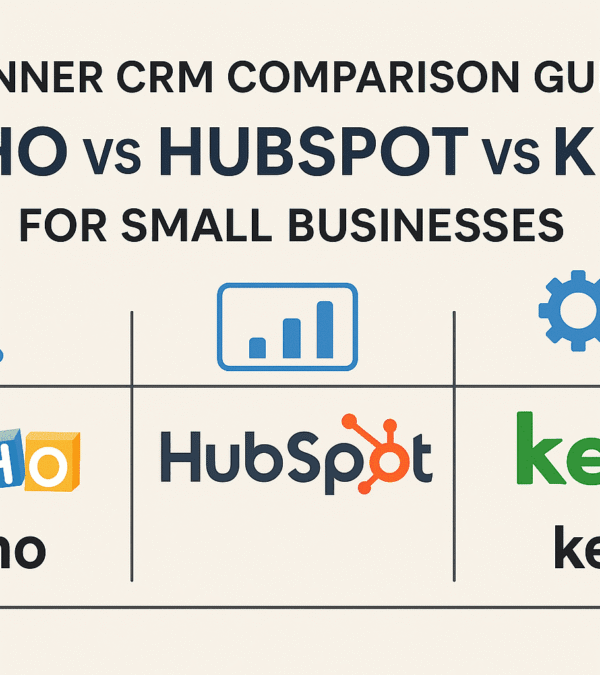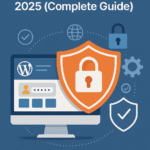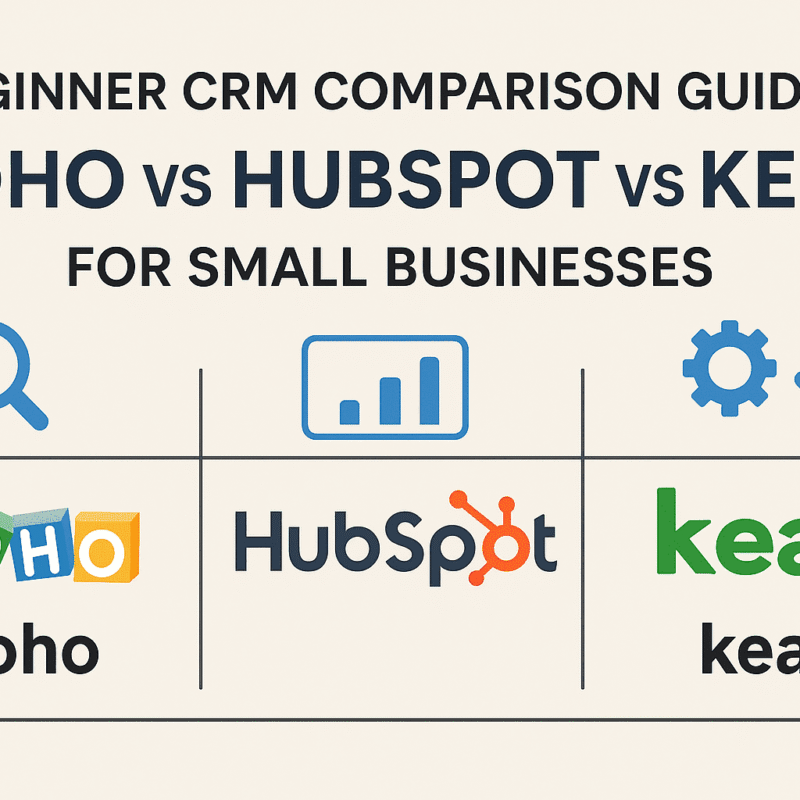Top 10 Web Security Practices Every Developer Must Follow in 2025

Introduction
Web security is no longer optional—it’s a necessity. With increasing cyberattacks and evolving threats, developers must prioritize security at every stage of development. This article covers the top 10 web security practices every developer should adopt in 2025.
1. Use HTTPS Everywhere
HTTPS ensures secure communication between the browser and server. It’s a fundamental practice for securing websites, encrypting data in transit, and building trust with users. Use free services like Let’s Encrypt to enable SSL/TLS.
Key Tips:
- Redirect all HTTP traffic to HTTPS
- Use HSTS (HTTP Strict Transport Security)
2. Sanitize User Inputs
Never trust user input. Input sanitization prevents common vulnerabilities like SQL Injection and Cross-Site Scripting (XSS). Always validate and sanitize inputs on both client and server sides.
Key Tips:
- Use built-in validation libraries
- Employ parameterized queries
3. Implement Secure Authentication
Weak authentication methods are a major attack vector. Secure authentication involves using strong passwords, storing credentials securely, and implementing multi-factor authentication (MFA).
Key Tips:
- Enforce complex password rules
- Use OAuth2 or OpenID Connect when possible
- Enable MFA for all user accounts
4. Set Proper HTTP Headers
HTTP security headers add an extra layer of protection. They help mitigate attacks like XSS, clickjacking, and content sniffing.
Key Headers:
- Content-Security-Policy
- X-Frame-Options
- X-Content-Type-Options
- Referrer-Policy
5. Avoid Storing Sensitive Data Unencrypted
Sensitive data like passwords, tokens, and personal information should never be stored in plain text. Use strong hashing and encryption techniques.
Key Tips:
- Hash passwords with bcrypt or Argon2
- Encrypt API keys and tokens at rest
6. Regularly Update Dependencies
Outdated libraries and packages are a common source of vulnerabilities. Keep your project dependencies up to date and audit them regularly.
Tools to Use:
- npm audit (JavaScript)
- pip-audit (Python)
- Dependabot (GitHub)
7. Use Content Security Policy (CSP)
A well-configured Content Security Policy helps prevent XSS attacks by controlling the sources of content the browser can load.
Example:
Content-Security-Policy: default-src 'self'; script-src 'self' https://trusted.cdn.com;8. Protect Against CSRF Attacks
Cross-Site Request Forgery (CSRF) tricks authenticated users into performing unwanted actions. CSRF tokens and SameSite cookies are effective countermeasures.
Key Tips:
- Implement CSRF tokens in forms
- Use SameSite=strict or SameSite=lax cookie attributes
9. Secure Cookies
Cookies can be hijacked if not configured properly. Always use secure cookie attributes to safeguard session data.
Best Practices:
- Set HttpOnly to prevent JavaScript access
- Use Secure to allow transmission only over HTTPS
- Apply SameSite to limit cross-site sharing
10. Regular Security Audits and Pen Testing
Perform regular audits to identify and patch vulnerabilities. Manual code reviews and automated scans can uncover hidden risks.
Recommended Tools:
- OWASP ZAP
- Burp Suite
- SonarQube
Conclusion
Security is a shared responsibility. By adopting these top 10 web security practices, developers can significantly reduce risks and create safer web applications. Stay proactive, stay secure.








